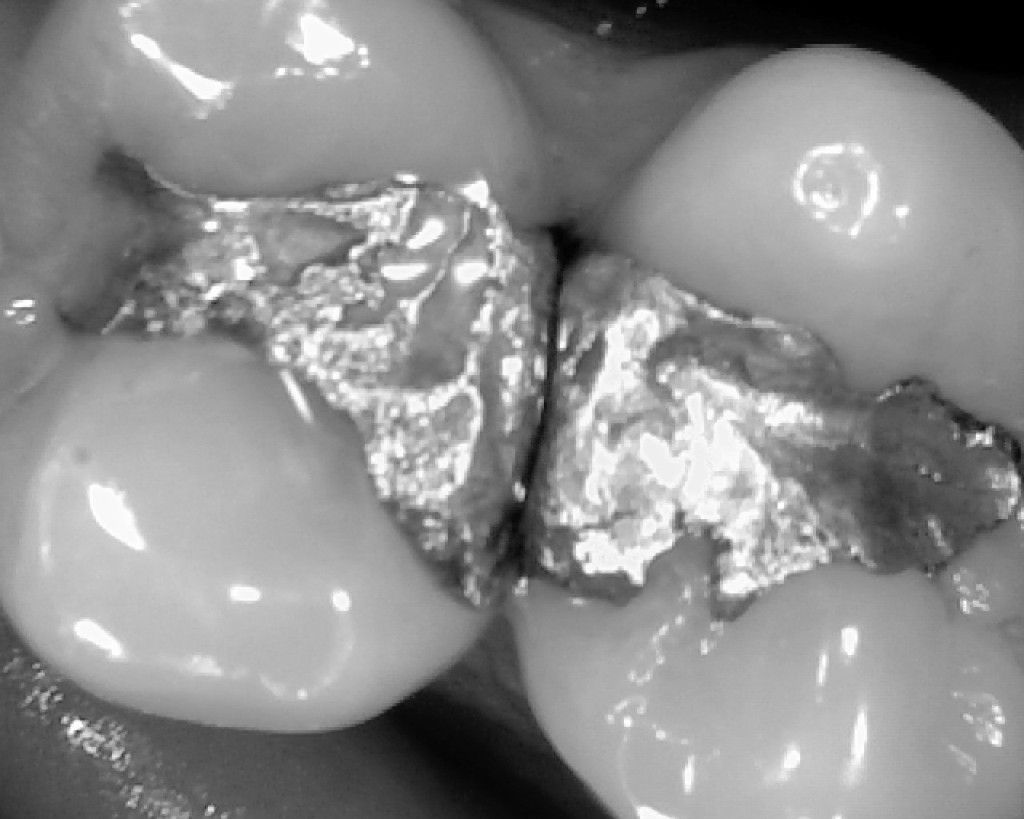Silver amalgam fillings, consisting of 50% mercury, were introduced to the dental industry in the United States in 1844, and they’ve been the subject of controversy for just about as long. While the American Dental Association and many traditional dentists believe them to be safe, many others disagree (mainly biological, aka mercury free, dentists).
For years, doctors have warned against frequent consumption of certain kinds of fish due to their tendency to concentrate mercury in their tissue. Likewise, mercury thermometers have become impossible to find, while some people are reluctant to use compact fluorescent bulbs because they contain small amounts of mercury.
 People who have mercury fillings frequently end up having to have them removed, often because of decay or tooth fracture. When dentists remove mercury fillings, the water used passes through a specialized filter designed to trap the pieces of mercury. On a regular basis, the filter must be serviced by a certified technician, and the debris carefully packaged and taken to a special hazardous materials facility for processing.
People who have mercury fillings frequently end up having to have them removed, often because of decay or tooth fracture. When dentists remove mercury fillings, the water used passes through a specialized filter designed to trap the pieces of mercury. On a regular basis, the filter must be serviced by a certified technician, and the debris carefully packaged and taken to a special hazardous materials facility for processing.
Interesting, then, that because of mercury, we are warned to limit how much of certain kinds of fish we eat, old-fashioned thermometers are impossible to find, and we should be careful about CFLs and some electronics, but mix it with a bit of copper, tin and silver and it’s safe to use in the mouth, but only until it’s removed, then it once again becomes hazardous waste.
At one time, mercury may have been the best option for filling cavities, but there are so many other options now, so why is it still in use? Amalgam is one of the least expensive filling materials, so it is easier to get insurance companies to cover amalgam than to get other materials paid for. It is also very easy to put in, compared to other materials. However, besides being neurotoxic, like all metals tends to corrode and expand over time. As it does so, it places stress on the tooth and leads to fracture, often requiring a crown or even extraction.
This is not to say that you should immediately have your mercury fillings removed. Removing mercury fillings can further weaken the tooth, and if not done safely, can lead to additional mercury exposure. However, you may want to ask your dentist to examine the tooth for signs of fracture, if it is beginning to fracture, you will want to discuss your options, depending on the severity of the fracture.
More at http://biocompatibledentist.org